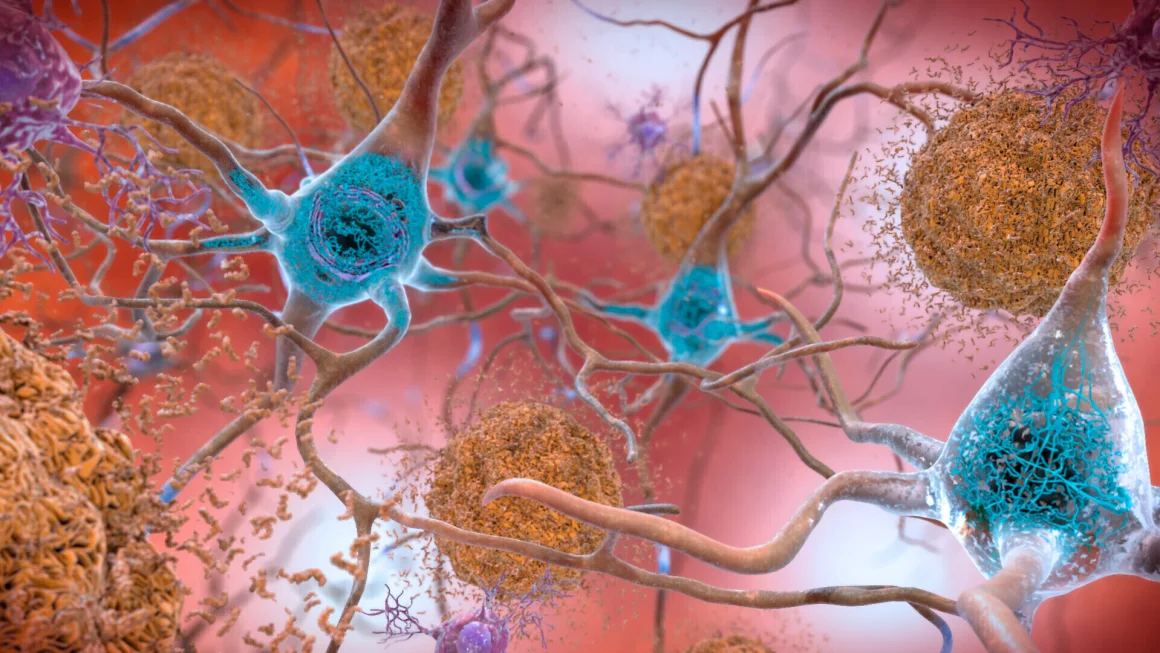
Nearly four decades ago, Dr. Luc Beaudoin, a cognitive scientist, struggled with falling asleep on Sunday nights as an undergraduate. Seeking a solution, he drew inspiration from a cognitive psychology class and a professor’s theory on visual motion detection—the brain’s ability to perceive movement based on changing light patterns on the retina. This led Beaudoin to a breakthrough idea: what if he could “trick” his brain into sleep by tapping into its natural processes?
By 2009, Beaudoin had developed a technique he called “cognitive shuffling.” His insomnia began to improve, and he quickly fell asleep, which even amazed his girlfriend (now wife). He realized that he was onto something significant and began researching sleep onset in more depth.
The idea behind cognitive shuffling is simple but effective: it involves thinking of random, neutral words, then associating each letter of a word with a set of related words. For example, if you choose the word “piano,” you might think of “Pear, parachute, Paul, pirouette” for “P,” followed by “Item, intention, igloo” for “I,” and so on. The goal is to shift your mind away from stressful thoughts and enter a more relaxed state.
Dr. Fariha Abbasi-Feinberg, a sleep medicine specialist, recommends this technique for her patients, explaining that it helps to distract the mind from worries and creates an environment conducive to sleep. “You can’t force yourself to sleep; you have to allow it to happen,” she says, highlighting the importance of giving yourself permission to relax.
Sometimes, instead of just thinking of words, you can visualize actions or scenes—like playing the piano or someone skydiving. This adds a layer of depth to the technique and can further help your mind unwind.
Why Cognitive Shuffling Works
Although research on cognitive shuffling is still limited, the underlying concept is rooted in well-established principles of cognitive neuroscience and sleep psychology, according to Dr. Leah Kaylor, a clinical psychologist. In 2020, Beaudoin published a paper in Sleep Medicine Reviews, drawing from a large body of research that supports the technique’s effectiveness.
Cognitive shuffling mimics the natural process of sleep onset. As people transition to sleep, their thoughts become fragmented and non-linear, often resembling “microdreams.” This disorganized thinking is part of the body’s natural sleep preparation. By consciously engaging in random thoughts, people may replicate this process, signaling to the brain that it’s time to rest.
“There’s a positive feedback loop in the brain,” says Beaudoin. “These random thoughts help the brain understand that it is safe and appropriate to fall asleep.”
Dr. Kami McManus, a sleep psychologist at Penn Medicine, explains that our brains tend to naturally “shuffle” thoughts during quiet moments. By offering the brain a distraction, such as the cognitive shuffling exercise, we prevent it from dwelling on anxious thoughts that might keep us awake.
Beaudoin’s 2016 study on cognitive shuffling showed promising results. In a group of 154 college students, those who practiced the technique (known as serial diverse imagining) reported improved sleep quality, reduced difficulty falling asleep, and lower levels of presleep arousal. These benefits persisted throughout the semester, suggesting lasting effects.
Putting Cognitive Shuffling Into Practice
There is no strict rule for how many words to use or how long to practice cognitive shuffling. The key is to allow the words to be random and unconnected, as trying to control the process too much can undermine its effectiveness.
Most people report falling asleep within 5 to 15 minutes, although individuals who are stressed or prone to overthinking may take longer. If you find yourself stuck for more than 20 minutes, sleep experts recommend getting out of bed and engaging in a calming activity for 20 to 30 minutes. This approach allows your body to relax without reinforcing frustration.
Beaudoin advises giving cognitive shuffling a fair trial over several nights to assess its effectiveness, but cautions that it should not replace good sleep hygiene practices. “If you’re drinking a lot of caffeine before bed, cognitive techniques won’t be enough to help you fall asleep,” he explains.
Ultimately, cognitive shuffling is a simple and accessible way to calm the mind and improve sleep quality, particularly for those struggling with racing thoughts before bedtime.










